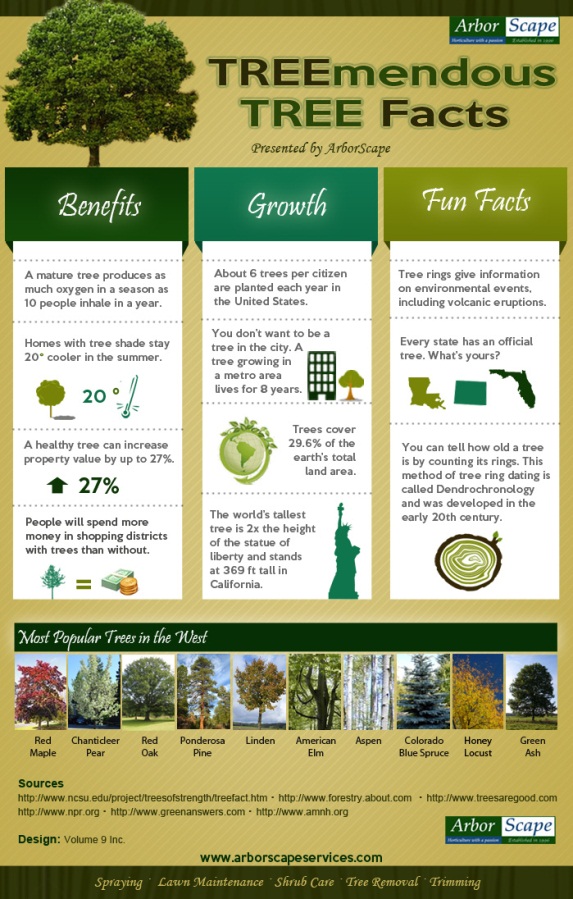Post-Tree Removal Upkeep: Efficient Methods For Landscape Reconstruction
Post-Tree Removal Upkeep: Efficient Methods For Landscape Reconstruction
Blog Article
Material By-Tate Deal
After a tree's removal, your landscape might look rather different, and it's necessary to evaluate the results carefully. You'll want to assess the soil disturbance and examine surrounding plants for any type of indicators of stress. Overlooking these elements can lead to bigger troubles down the line. So, what should you make with those stumps and roots? And exactly how do you choose the most effective plants for your revitalized space? Allow's discover https://www.brownstoner.com/brooklyn-life/street-tree-workshop-brooklyn-green-wood-cemetery/ .
Analyzing the After-effects: Reviewing Your Landscape
After a tree elimination, it's critical to evaluate your landscape to comprehend the impact it carries your lawn.
Start by taking a look at the location where the tree stood. Try to find indications of soil disruption, and check the surrounding plants for any type of stress or damage.
You must also bear in mind of just how the removal has actually transformed sunshine exposure and airflow in your garden. This change can impact the growth of close-by plants, so it's vital to review their health.
Consider the aesthetic facets too; the removal could produce an open space that you can upgrade.
Lastly, think of any possible erosion concerns that might develop from the tree's lack. Attending to these factors early will aid bring back balance to your landscape.
Taking care of Stumps and Roots: Options for Elimination
Once you have actually assessed the results of the tree removal, you'll likely require to tackle the stump and roots left behind.
You have a few choices for removal. One efficient technique is stump grinding, where a professional uses a maker to grind the stump down to below ground level. This strategy leaves minimal disruption to your landscape.
If use this link like a do it yourself approach, you can use a mix of digging and chemical stump eliminators. Simply remember, this process can take time and initiative.
Conversely, consider leaving the stump as a natural attribute, which can serve as a special garden element or habitat for wild animals.
Whatever you choose, resolving the stump and roots is necessary for restoring your landscape.
Selecting the Right Plants for Your New Area
As you evaluate your freshly gotten rid of area, picking the right plants can significantly boost your landscape's elegance and functionality.
Begin by taking into consideration the sunshine and dirt conditions. For bright locations, choose drought-resistant plants like lavender or succulents. In shaded places, ferns and hostas grow well.
Think about the size and growth behaviors of your plants; mix perennials and annuals for seasonal range. Do not fail to remember to incorporate indigenous varieties; they need much less upkeep and support local wildlife.
Team plants in weird numbers for a more all-natural appearance and develop layers for aesthetic deepness.
Lastly, guarantee you have a mix of colors and appearances to maintain your landscape dynamic throughout the periods.
Satisfied planting!
Verdict
In conclusion, restoring your landscape after tree removal is a fulfilling process. By analyzing the after-effects, dealing with stumps and origins, and picking the right plants, you'll develop a growing setting. Don't fail to remember to include erosion control actions to safeguard your soil. With a little effort and treatment, you can change your room right into a lively garden that boosts your residential or commercial property. Embrace the opportunity to revitalize your landscape and appreciate the appeal of nature right in your backyard!
